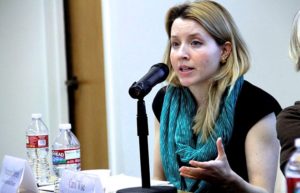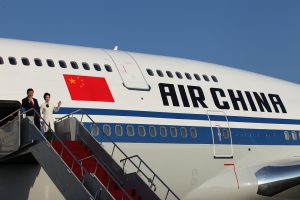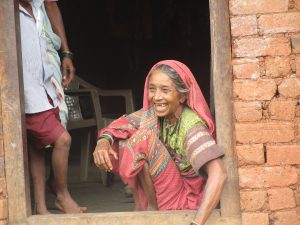October 15-16, the leaders of Brazil, Russia, India, China and South Africa will meet in Goa, India for the 8th BRICS Summit to advance integration and sustainable development among the BRICS. But one year after the launch of the BRICS New Development Bank, a central question remains – is the NDB tooled to be a real engine for sustainable development?
The NDB is now up and running – having approved in its first year US$911 million worth of infrastructure and energy projects within the BRICS countries. This first tranche of projects includes various energy investments, with an encouraging nod to renewables, including rooftop solar, and wind. Another factor distinguishing the NDB is that it has started to lend to countries in domestic currencies, rather than pegging all loans to the dollar, a practice which has tended to saddle countries with more debt. Now, the NDB has its sights set on scaling up – adding additional member countries, allowing financing outside of the five BRICS countries, and expanding operations to include lending to the private sector.
But as the BRICS Bank works to position itself as a major player for sustainable development, several big obstacles stand in its way.
First and foremost, the NDB has not yet defined what it sees as sustainable development or set forth sustainability criteria for its investments. While the Bank has an exclusion list, which identifies certain investments as ineligible for NDB financing, that list does not include, for instance, unsustainable fuel sources like coal. If the NDB is going to be something new, it will need to break away from the export-oriented, extractivist development model that has proven itself a failure. And that break will take a clear roadmap.
Second, while the Bank has given a nod to environmental sustainability, it has doggedly ignored the basic tenets of social sustainability – transparency and participation. The Bank did not involve civil society in the formation of its social and environmental policy framework, despite repeated calls for consultation. While the Bank released an Interim Policy on Information Disclosure, it hasn’t put in place the necessary measures or mechanisms to ensure that communities who might be impacted by NDB investments have the information they need, the opportunity to influence project decisions, and access to remedy if they are harmed.
Finally, it is questionable whether the NDB’s new policy framework is robust enough to ensure sustainability or to prevent harms. In its social and environmental framework, the NDB opted for more aspirational principles rather than concrete requirements for environmental and social performance. Moreover, the framework allows the NDB to preference the use of countries’ domestic systems, without clear criteria or processes by which such standards will be assessed. While Bank officials have stated that they will work to ensure enforcement of local laws and regulations, this loophole is a major concern since many countries are systematically dismantling their national environmental and social protections, as is the case with Brazil.
Since NDB’s inception, civil society groups within BRICS countries have repeatedly tried to engage national representatives and NDB officials in a dialogue on how to make the NDB a positive force for sustainable development and South-South cooperation, to little avail. Leading up to the BRICS Summit in Goa, civil society groups organized several consultations and forums in which they called on the NDB and its member countries to adopt clear commitments, including the establishment of sustainability criteria, meaningful engagement with affected communities and civil society at the project and policy level, and the development of a robust policy framework that meets international standards and reflects best practice.
These concerns were echoed at the official BRICS Civil Forum held in early October in New Delhi, while an alternative People´s Forum on BRICS organized by social movements raised more deep-rooted concerns regarding the direction of development in BRICS.
With a firm retooling, the NDB could position itself as an engine for sustainable development. Without it, the NDB will just be tinkering with the same old worn out development model.







